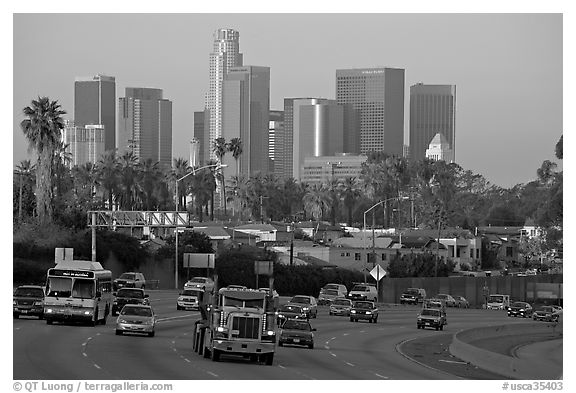

Geography Īccording to the United States Census Bureau, the CDP has a total area of 8.7 square miles (23 km 2), over 99% of it land.Īltadena experiences hot and dry summers that are followed by warm and windy falls and mild winters. The name Altadena derives from the Spanish alta, meaning "upper", and dena from Pasadena the area is adjacent to, but at a higher elevation than, Pasadena. In 1960, its black population was under four percent over the next 15 years, half the White population left, and was replaced by people of color, many of whom settled on the west side of town after being displaced by Pasadena's redevelopment and freeway projects. With early 1960s redevelopment in Pasadena, the routing of extensions of 134 and 210 freeways, and lawsuits over the desegregation of Pasadena Unified School District, there was white flight and convulsive racial change in Altadena. While Altadena long refused wholesale annexation by neighboring Pasadena, the larger community nibbled at its edges in several small annexations of neighborhoods through the 1940s. Had the annexation succeeded, Pasadena would be the 108th largest city in the United States. Annexation was stopped in 1956 by community campaigns, though it has been resurrected several times since by Pasadena without success. Over the years Altadena has been subject to attempted annexation by Pasadena. One of the areas exempt from these policies was Altadena Meadows which thrived and became one of first middle-class African American neighborhoods in the area. Redlining policies prevented African Americans from acquiring land or purchasing property in much of California. Elizabeth of Hungary Catholic Church (parish est.1918, which was dedicated in October 1926. He started his career in Altadena with the design and construction of St. The grandson of Andrew McNally, Wallace Neff, became a famous Southern California architect. Mariposa was taken from the Spanish name for a butterfly. The famous Benziger Publishing Company built a mansion on the corner of Santa Rosa Avenue (Christmas Tree Lane) and Mariposa. A bit farther east, Zane Grey bought a home from Arthur Herbert Woodward, and added a second-floor study. Newspaper moguls William Armiger Scripps and William Kellogg built homes side by side just east of Fair Oaks Avenue. In 1887 Andrew McNally, the printing magnate from Chicago, and his friend, George Gill Green, had built mansions on what was to become Millionaire's Row Mariposa Street near Santa Rosa Avenue. The newly sprouted community of Altadena immediately began to attract millionaires from the East. Woodbury asked if he could use the name "Altadena" for his subdivision and Clark agreed. He called his nursery "Altadena Nursery", a name he coined from the Spanish "alta" meaning "upper", and "dena" from Pasadena. Clark, who established a nursery in the foothills in 1875, and had since moved away. John Woodbury established the Pasadena Improvement Company in 1887, with a plot plan of residential development referred to as the Woodbury Subdivision. Frederick Woodbury, and his brother, John Woodbury of Marshalltown, Iowa, purchased 937 acres (3.79 km 2) known as the Woodbury Ranch. Woodbury-Story House (1882), the home of Capt. The land remained primarily agricultural, though several eastern millionaires built mansions along Mariposa Street, and a small community developed through the 1890s and into the next century. In 1881, the land that would later become Altadena was sold to John and Fred Woodbury, brothers who launched the subdivision of Altadena in 1887. This included the land of present-day Altadena, but they developed a 2,500 acres (10 km 2) section further south as Pasadena. Their efforts failed by 1870, despite Eaton's irrigation ditch that drew water from the site of present-day Jet Propulsion Laboratory (JPL) in the Arroyo Seco, because the land was relatively inaccessible and few believed crops could thrive that close to the mountains.Įaton tried to sell the land for the partners, and in late 1873 he helped broker a deal with Daniel Berry, who represented a group of investors from Indiana, to buy 4,000 acres (16 km 2) of the rancho. They hoped to develop and sell this land in a real estate plan called the San Pasqual Plantation.

John Griffin, who jointly owned the Mexican land grant of Rancho San Pascual, about 14,000 acres (57 km 2), that was the future sites of these three communities. This made possible the development of Altadena, Pasadena, and South Pasadena.

In the mid-1860s, Benjamin Eaton first developed water sources from the Arroyo Seco and Eaton Canyon to irrigate his vineyard near the edge of Eaton Canyon.


 0 kommentar(er)
0 kommentar(er)
